There are numerous ways in which a quantity can be measured.
The method is selected according to the accuracy required for the measurement.
Methods of Measurement
The following are the different methods for measuring a physical variable.
- Direct Method
- Indirect Method
- Comparative Method
- Substitution Method
- Null Method
- Fundamental Method
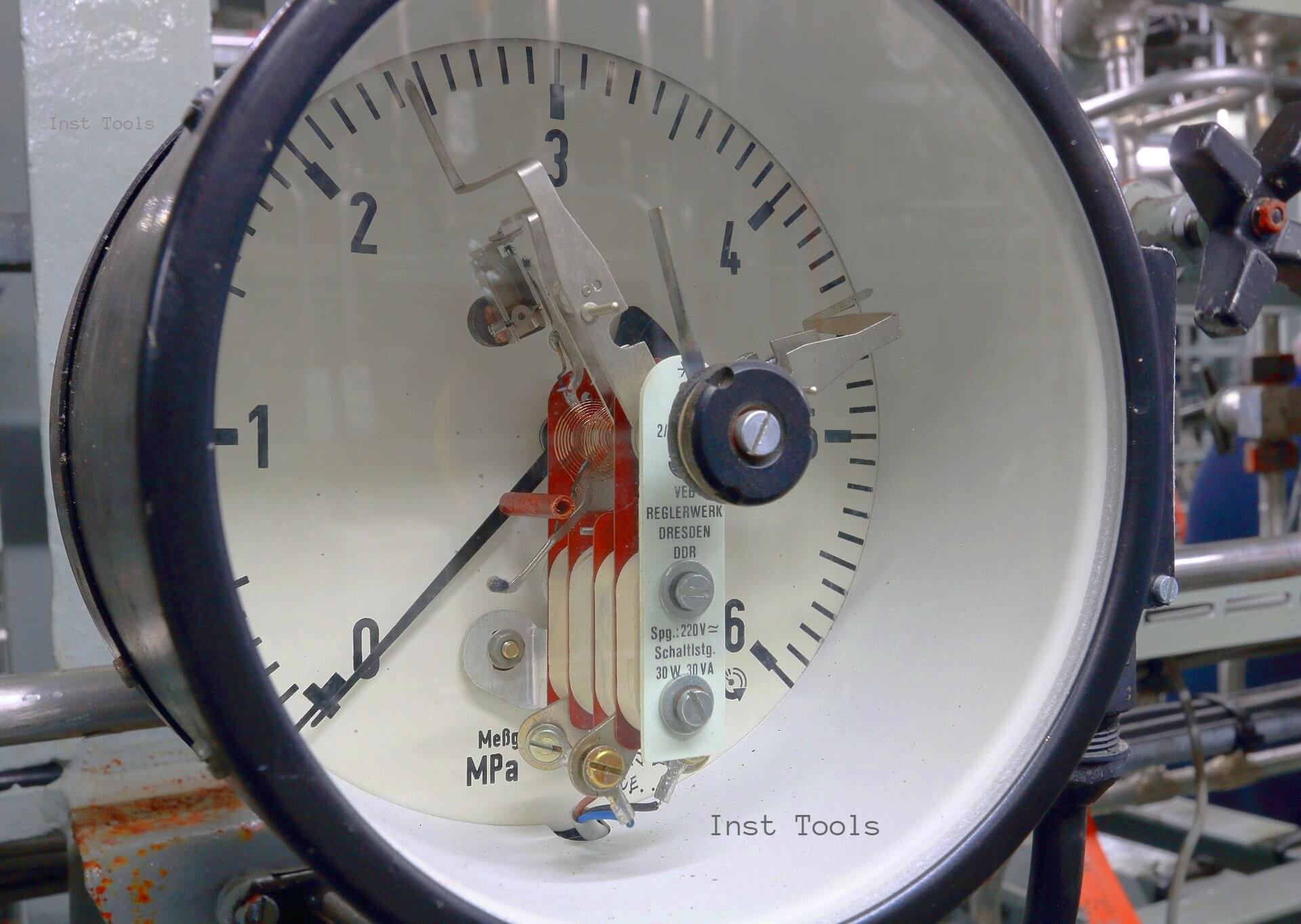
Direct Method
In the direct method measurement, the value of a quantity is obtained directly by comparing the unknown with the standard.
It involves, no mathematical calculations to arrive at the results.
Examples:
- Measurement of Length of cloth with Scale
- Measurement of Resistance by Ohms Meter
- Measurement of Length using Vernier Caliper
- Measurement of Voltage using Voltmeter
Indirect Method
When direct measurement is not possible, the indirect measurement method is used.
Direct Measurement is measuring exactly the same quantity you want to measure, while Indirect measurement is measuring other quantity and required value is determined by mathematical relationship.
Examples:
- Measurement of Volume by measuring Mass and Density
(Volume=Mass/Density)
- Measurement of Speed by measuring Distance and Time
(Speed=Distance/Time)
- Measurement of Temperature by using RTD or Thermocouple
Output of ‘RTD’ and ‘Thermocouple’ is in ‘Ohm’ and ‘millivolt’ respectively. This is converted into temperature by respective standard conversion tables.
- Measurement of DC Current by using shunt(Resistance)
(Ohms Law V=IR i.e. I=V/R) I is current, V is Voltage, R is Resistance
Comparative Method
In the comparative measurement method, the quantity to be measured is compared with the known value of the same quantity.
Examples:
- Comparing of Sound Level meter with reference sound level meter
- Comparing of Lux meter with reference Lux Meter
- Comparing of Voltmeter with a reference Voltmeter
Substitution Method
The substitution measurement method involves the replacement of the value of the quantity to be measured with the known value of the same quantity.
In this method, the quantity to be measured is measured by direct comparison on an indicating device by replacing the measuring quantity with some other known quantity that produces the same effect on the indicating device.
Example:
- Calibration of weights by Substitution method
Null Method
In the null measurement method, the quantity to be measured is compared with a known quantity, and the difference between these two is made zero i.e. Indicator Indicates Zero reading.
Null measurement techniques achieve greater accuracy.
Example:
- Measuring unknown resistance using Wheatstone bridge
Fundamental Method
In the fundamental measurement method, the measurement is based on the measurement of the base quantities used to define the quantity.
The quantity to be measured is directly measured and linked with the definition of that quantity.
Examples:
- Measurement of the temperature by fixed point apparatus
- Measurement of voltage by Josephson Junction
- Measurement of time by cesium atomic clock
- Measurement of length by using Iodine Stabilize Helium-Neon laser
If you liked this article, then please subscribe to our YouTube Channel for Instrumentation, Electrical, PLC, and SCADA video tutorials.
You can also follow us on Facebook and Twitter to receive daily updates.
Read Next:
- Types of Calibration
- Magnehelic Gauge Calibration
- Selection of Master Instrument
- Why Calibration is Important?
- Calibration of Temperature Chamber
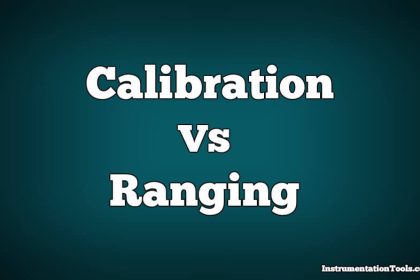
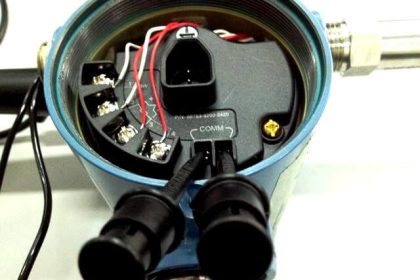
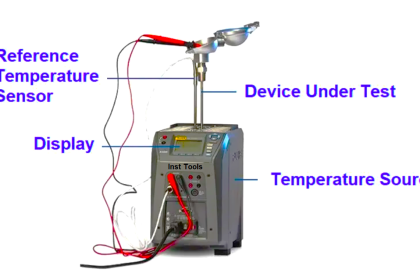
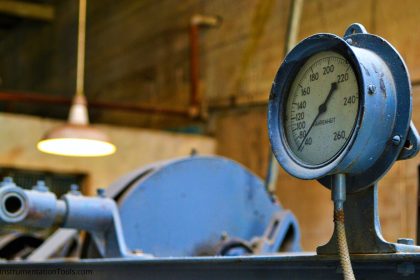
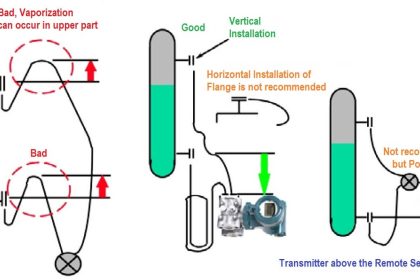

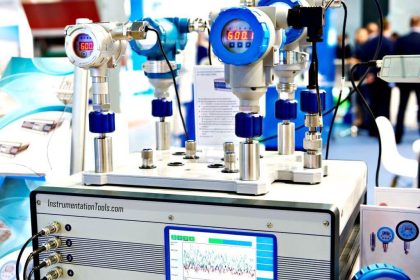


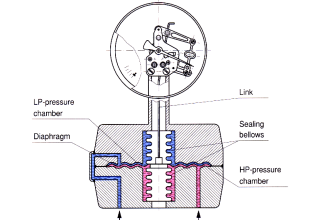
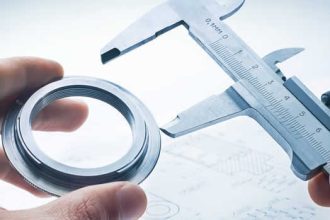
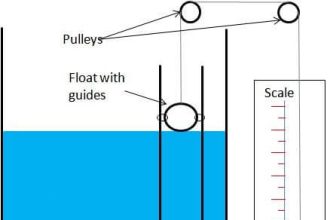
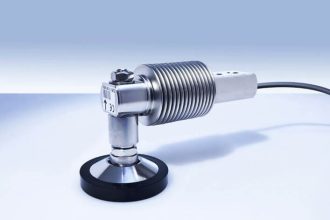
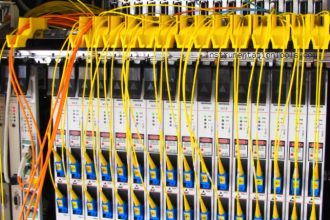
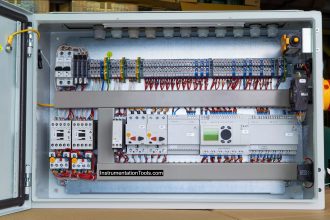
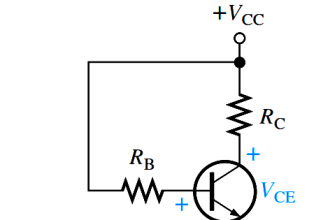

any reference standard to above theory?